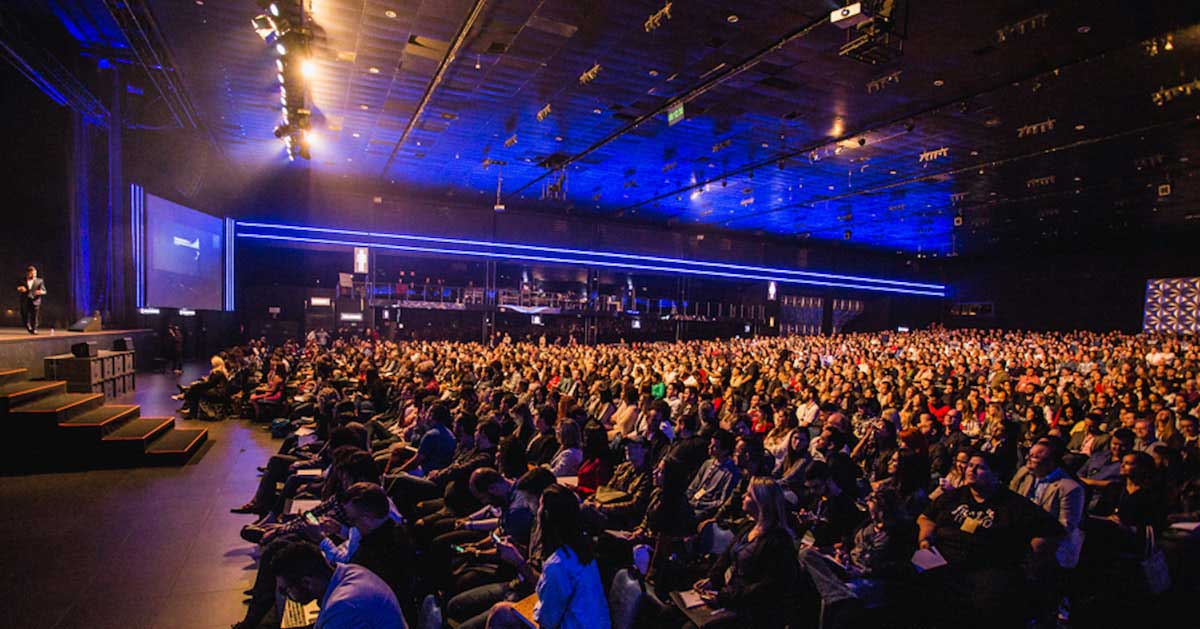As social distancing rules relax and masks come off (though some have gone back on for now), personal travel is returning and business travel will soon follow. Airports are crowded, prices are up and the “freelance frenzy” I spoke about previously is in full swing.
There are unexpected disruptions in the pipeline of nearly every business, whether it managed to stay profitable during 2020/2021 or not. Missing parts in the manufacturing and distribution process, labor and trucking shortages, inflation and more are all negatively impacting meetings and events. Not all meeting cancellations are happening because of the pandemic—some corporations are making decisions not to gather disgruntled employees or dealers together because they fear that bringing them to live meetings will simply result in creating an opportunity for their attendees to vent their discontent in the current state of affairs.
Despite continued threats of delta and other variants of COVID-19, the desire for live events, music, entertainment and human contact is stronger than ever. A “roaring twenties” is bubbling under the surface as crowds flock to Madison Square Garden to see bands like the Foo Fighters in concert and the entertainment industry anxiously anticipates the full return of music festivals and Broadway shows. The need for live talent and headline speakers to provide incentive for attendance and engagement is clear. Planners who book talent and name speakers that draw crowds will find that their investment will provide valuable ROI to build registration numbers and attract sponsors.
Producing content for two totally different audiences at the exact same time is challenging and expensive for presenters and performers.
Planners are still seeing an industry fragmented. Some organizations have begun producing live meetings in a smaller, more restrictive format, while others are opting for virtual platforms where valuable educational offerings are abundant. Still others are attempting to integrate both experiences in an expensive and sometimes impractical “hybrid” live-streaming platform.
No matter how many companies preach the benefits of a format where live and virtual content is shared simultaneously in real time, producing content for two totally different audiences at the exact same time is challenging and expensive for presenters and performers. While those attending live might enjoy a virtual screen in the room with a digital conversation happening live (“Hoda & Jenna” demonstrate this on the TODAY show), attendees coming to a live conference don’t want to give up any of their precious time Zooming onsite with virtual others. Disengagement occurs when the live element is removed and substituted with a pre-taped or virtual message. Viewing a cameo with a celebrity loses its effectiveness when played on a large screen in a ballroom as a substitute for having real talent and star power in the room.
What will eventually emerge as successful for the meeting industry will be a different kind of hybrid. I do not think the market can or will support top-notch production values in both live staging and video projection and also broadcast quality video simultaneously for virtual, which is what will be needed to overcome and conquer Zoom fatigue. Those combinations are just too cost prohibitive for all but a very few corporations with deep pockets. Instead, what provides the best value for attracting attendance for existing and new participants will be a combination of both live experiential conferences and captured video of these conferences for later use.
Disengagement occurs when the live element is removed and substituted with a pre-taped or virtual message.
Planners used to capture portions of their meetings but usually only stored those tapes for archival purposes. Archival tapes will transition now into captured content for later use and marketing purposes. Tapes of sessions and performances will be shot in a higher-quality resolution and repackaged for maximum use. Planners will be able to charge for valuable content and program some virtual-specific sessions to capitalize on much-needed additional revenue. Experienced producers will negotiate in advance with speakers and entertainers to allow limited private use of pre-taped footage included in their contracts and agreements. Contracts for additional usage permission will be negotiated upfront by companies like our firm working on behalf of planners.
Putting resources into an experiential live program makes sense to create incentive to encourage and complement the huge desire to travel to places outside of one’s own home and geography. Making a live event special and one of kind through entertainment, outstanding keynoters, theme parties and receptions will attract attendees to spend money to make a trip to a destination. Once onsite, recording the live content and integrating portions of it into a post-conference virtual portal will allow virtual attendees to view highlights for a period of time if they register separately. In that experience, they will see what they missed and still benefit from the presentations previously captured in real time. Live now and virtual later also provides the best value for sponsors to maximize revenue potential and effectively reach their customers.
Virtual attendees and sponsors tuning in later will have access to follow up on contacts and view sessions on their own time, which will allow them a way to refresh their skills and stay up to date with current information for a nominal fee. The virtual “after” program will serve as a catalyst to get virtual participants to attend live meetings at a later date.
This best of both worlds, utilizing live now and virtual later will be the future norm in meetings and events because it allows for maximum participation by those in person and at home. In addition, it will provide opportunities for organizations to build a virtual library of content that can be accessed online and continue to be utilized by their attendees in the future.
Photo by Samuel Pereira on Unsplash







